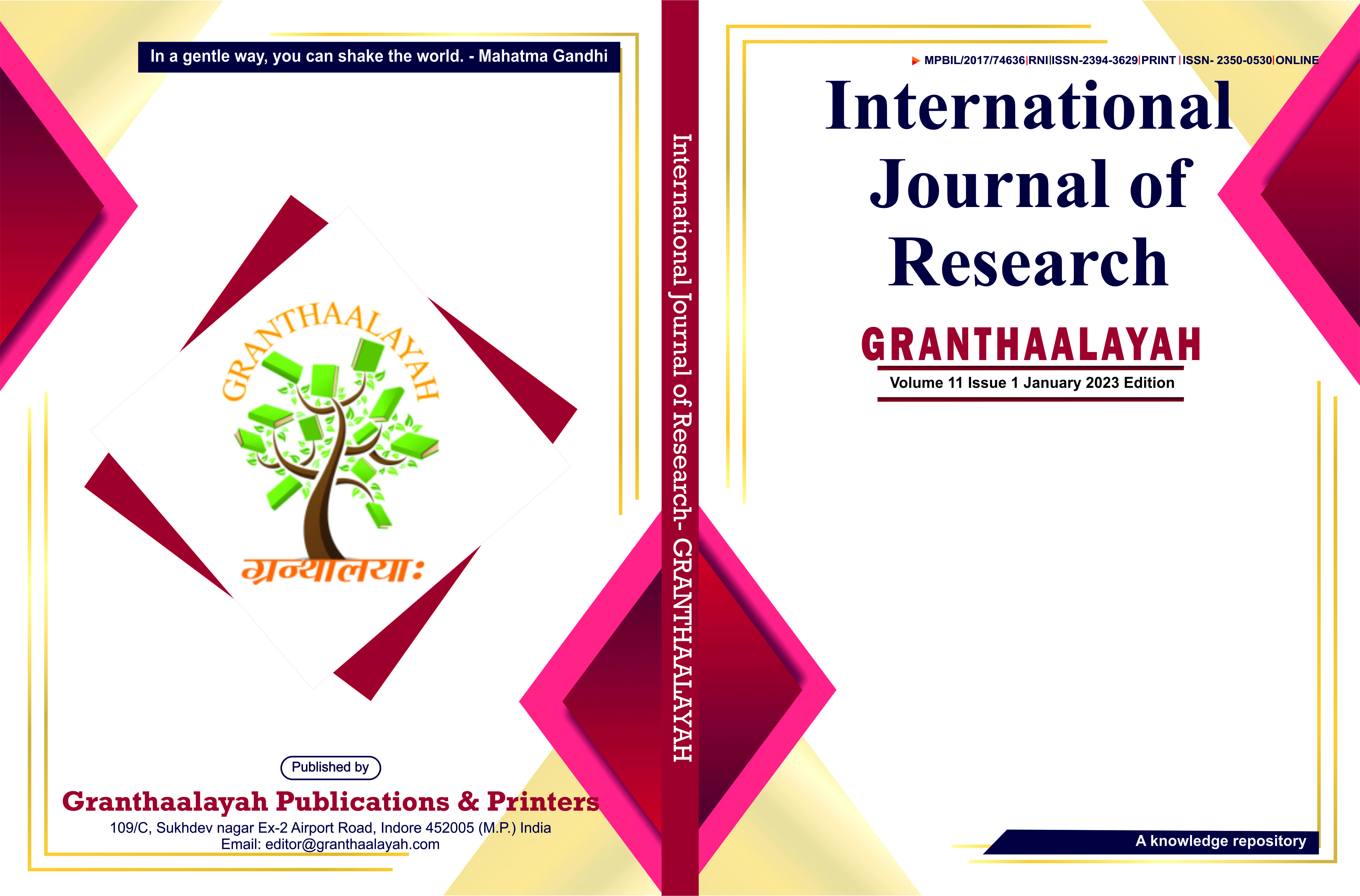TECHNOLOGICAL INNOVATIONS IN RISK MANAGEMENT: ENHANCING RESILIENCE AND EFFICIENCY IN GLOBAL SUPPLY CHAINS
DOI:
https://doi.org/10.29121/granthaalayah.v11.i1.2023.6028Keywords:
Technological Innovations, Risk Management, Global Supply Chains, Artificial Intelligence, Blockchain, Predictive Analytics, Financial Resilience, Digital Transformation.Abstract [English]
Global supply chains remain vulnerable to a multitude of risks due to geopolitical instability, economic unpredictability, and technological disruption. This paper explores how technological progress can enhance approaches to risk management, strengthening resilience and productivity in global supply networks. By integrating artificial intelligence, blockchain, and predictive analytics into operations, corporations can mitigate financial hazards, optimize logistics, and bring greater transparency to supply chains. The research employs a mixed methodology, evaluating case studies and empirical data to gauge the impacts of emerging technologies on financial risk administration. The findings indicate that digital transformation bolsters supply chain adaptability, diminishes operational expenses, and cultivates long-term profitability. The paper concludes that embracing advanced technological remedies is imperative for guaranteeing sustainable and adaptable global supply systems.
Downloads
References
Andiyappillai, N. (2021). An analysis of the impact of automation on supply chain performance in logistics companies. IOP Conference Series: Materials Science and Engineering, 1055(1), 012055. DOI: https://doi.org/10.1088/1757-899X/1055/1/012055
Ben-Daya, M., Hassini, E., &Bahroun, Z. (2019). Internet of things and supply chain management: A literature review. International Journal of Production Research, 57(15-16), 4719-4742. DOI: https://doi.org/10.1080/00207543.2017.1402140
Boyson, S. (2014). Cyber supply chain risk management: Revolutionizing the strategic control of critical IT systems. Technovation, 34(7), 342-353. DOI: https://doi.org/10.1016/j.technovation.2014.02.001
Deshpande, A., Stewart, K., Lepetit, L., &Gunashekar, S. (2017). Distributed ledger technologies/blockchain: Challenges, opportunities and the prospects for standards. British Standards Institution (BSI), 40, 40. DOI: https://doi.org/10.7249/RR2223
Ganesh, A. D., & Kalpana, P. (2022). Future of artificial intelligence and its influence on supply chain risk management: A systematic review. Computers & Industrial Engineering, 169, 108206. DOI: https://doi.org/10.1016/j.cie.2022.108206
Grötsch, V. M., Blome, C., & Schleper, M. C. (2013). Antecedents of proactive supply chain risk management: A contingency theory perspective. International Journal of Production Research, 51(10), 2842-2867. DOI: https://doi.org/10.1080/00207543.2012.746796
Güller, M., Koc, E., Hegmanns, T., Henke, M., &Noche, B. (2015). A simulation-based decision support framework for real-time supply chain risk management. International Journal of Advanced Logistics, 4(1), 17-26. DOI: https://doi.org/10.1080/2287108X.2015.1008948
Hitt, M. A., Keats, B. W., &DeMarie, S. M. (1998). Navigating in the new competitive landscape: Building strategic flexibility and competitive advantage in the 21st century. Academy of Management Perspectives, 12(4), 22-42. DOI: https://doi.org/10.5465/ame.1998.1333922
Holbeche, L. S. (2019). Shifts in organizational culture when implementing agility. Journal of Creating Value, 5(2), 124-138. DOI: https://doi.org/10.1177/2394964319853164
Li, J., & Kassem, M. (2021). Applications of distributed ledger technology (DLT) and blockchain-enabled smart contracts in construction. Automation in Construction, 132, 103955. DOI: https://doi.org/10.1016/j.autcon.2021.103955
Menon, S., & Jain, K. (2021). Blockchain technology for transparency in agri-food supply chain: Use cases, limitations, and future directions. IEEE Transactions on Engineering Management, 71, 106-120. DOI: https://doi.org/10.1109/TEM.2021.3110903
Published
How to Cite
Issue
Section
License
Copyright (c) 2023 Dr. Jagdish Kumar Sahu

This work is licensed under a Creative Commons Attribution 4.0 International License.
With the licence CC-BY, authors retain the copyright, allowing anyone to download, reuse, re-print, modify, distribute, and/or copy their contribution. The work must be properly attributed to its author.
It is not necessary to ask for further permission from the author or journal board.
This journal provides immediate open access to its content on the principle that making research freely available to the public supports a greater global exchange of knowledge.






























